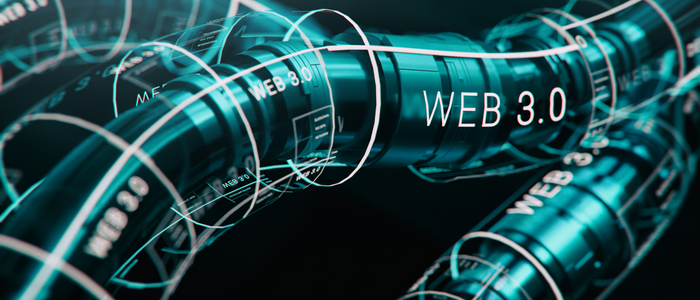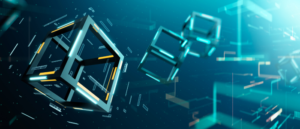The World Wide Web has been through various stages of development since its inception, with notable moments that have helped shape its evolution.
Web 1
Web1, also known as the “read-only” web, was the initial stage of the web, characterized by static websites owned by companies that produced all the information. However, Web1 lacked interactivity and did not allow users to contribute or share their content.
Web 2
Web2, also known as the “read-write” web, emerged in the mid-2000s and significantly changed how we interact with the internet. Notable moments during this stage include the launch of social media platforms such as Facebook, Twitter, and YouTube, which allowed users to create and share their content, and the rise of mobile devices, which enabled access to the internet on the go. However, while Web2 provided more interactivity and user-generated content, users still had limited control over their data and content, and monetization was challenging.
Web 3
Web3, the future stage of the web, is characterized by decentralization, data ownership, trustlessness, and connectivity, and it aims to address the limitations of Web2. Notable moments in the development of Web3 include the launch of the Ethereum blockchain in 2015, which enabled the creation of decentralized applications (dApps) and the emergence of non-fungible tokens (NFTs) in 2017, which provide a way to represent ownership of unique digital assets. Additionally, the recent adoption of decentralized finance (DeFi) applications, which allow for trustless financial transactions and lending, is another notable moment in the development of Web3.
As Web3 continues to evolve, there will undoubtedly be many more notable moments that will help shape its trajectory. The potential of Web3 to transform how we interact with the internet and provide greater control over data and content is vast, and it will be exciting to see how this new stage of the web develops in the years to come.
Web 3 and Decentralization
One of the key concepts of Web3 is decentralization. Decentralization refers to the idea that data and applications should not be owned or controlled by a single entity but rather by a decentralized network of nodes. This means that instead of relying on centralized servers and institutions, Web3 applications are powered by a computer network that works together to ensure security and transparency. Decentralization can eliminate many issues that Web2 faces, such as the risk of data breaches and the lack of user control over their data.
Another significant development in the Web3 space is the rise of Web3 wallets. Web3 wallets allow users to securely store and manage their digital assets, such as cryptocurrencies, NFTs, and other tokens. These wallets are built on blockchain technology and give users greater control over their assets, as they do not require users to entrust their funds to a third-party custodian. Additionally, Web3 wallets often come with built-in features that allow users to interact with decentralized applications and services seamlessly, making it easier for users to participate in the Web3 ecosystem
In conclusion, the evolution of the World Wide Web has been marked by several significant moments that have helped shape its development. While static websites characterized by Web1 and Web2 brought about more interactivity and user-generated content, Web3 aims to address the limitations of its predecessors by enabling decentralization, data ownership, trustlessness, and connectivity. As the Web3 ecosystem continues to grow, it is clear that there will be many more notable moments to come. We expect to see exciting innovations that will transform how we interact with the internet.



